Self-care tips to reduce shin pain
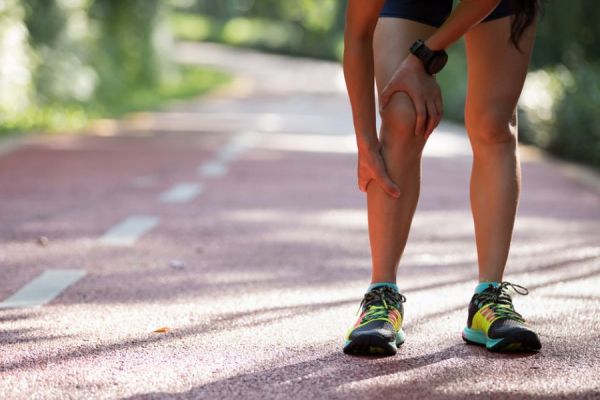
You might think that shin pain happens to runners, but this issue can happen to anyone who has recently intensified their level of physical activity. Shin pain, also known as “shin splints”, is a condition caused by inflammation of the tibialis posterior muscle. This muscle runs along the front and inside of the tibia, or “shin bone”.

How does the tibialis posterior muscle connect to shin pain?
When running or walking, the foot and ankle go through the movements of pronation and supination. In common terms, pronation is flattening of the arch of the foot, which is a necessary movement to provide shock absorption. Supination refers to the arch of the foot lifting up, required to make the foot and ankle stable when pushing off.
The tibialis posterior muscle helps to produce the movement of supination but also helps to brake or decelerate the motion of pronation during walking or running. Several factors can contribute to overuse and inflammation of tibialis posterior:
- Worn out footwear - A walking or running shoe helps to provide support for the foot and ankle. When a shoe starts to break down there can be more pronation of the foot and ankle which means the tibialis posterior muscle has to work harder.
- Tight calf muscles - When the calf muscles at the back of the lower leg are tight, they limit ankle range of motion and cause an increased amount of foot pronation. This forces the tibialis posterior muscle to work harder to work against this tight muscle group.
- Weak hip and core muscles - Foot and ankle pronation results in inward rotation of the lower leg. Muscles higher up the leg also control the amount of inward rotation that occurs at the ankle.
How to treat shin splints yourself at home
If you think you have shin splints, follow these guidelines:
- Rest the inflamed tissue by finding an activity that involves less weight bearing through your leg, such as cycling or swimming
- Ice the inflamed area for 15-20 minutes, several times per day
- Wear shoes indoors to rest and protect the inflamed tissue
- If your shoes are between 6-12 months old, consider investing in a new pair
You can also try some stretches and strengthening exercises:
- Perform calf stretching exercises to improve ankle range of motion
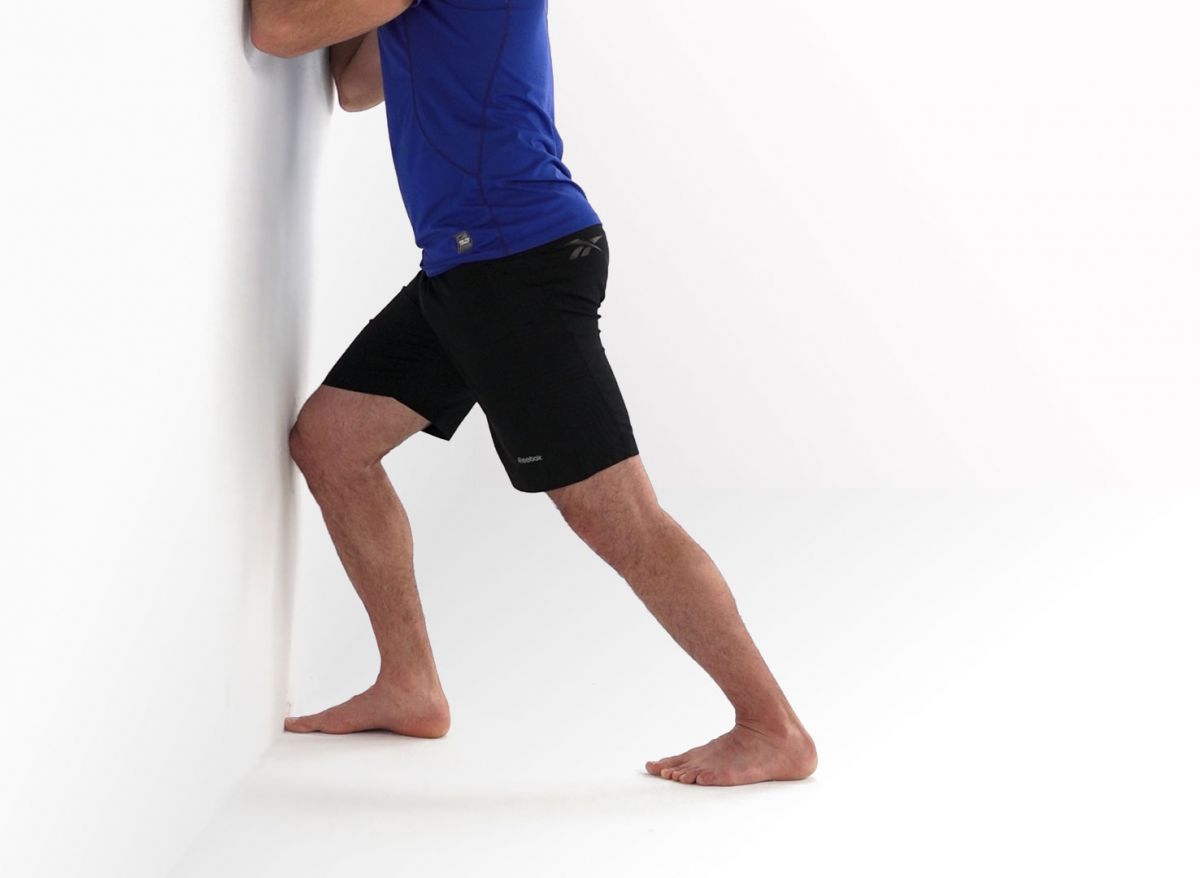
- Perform strengthening exercise for tibialis posterior, such as an ankle inversion with a towel
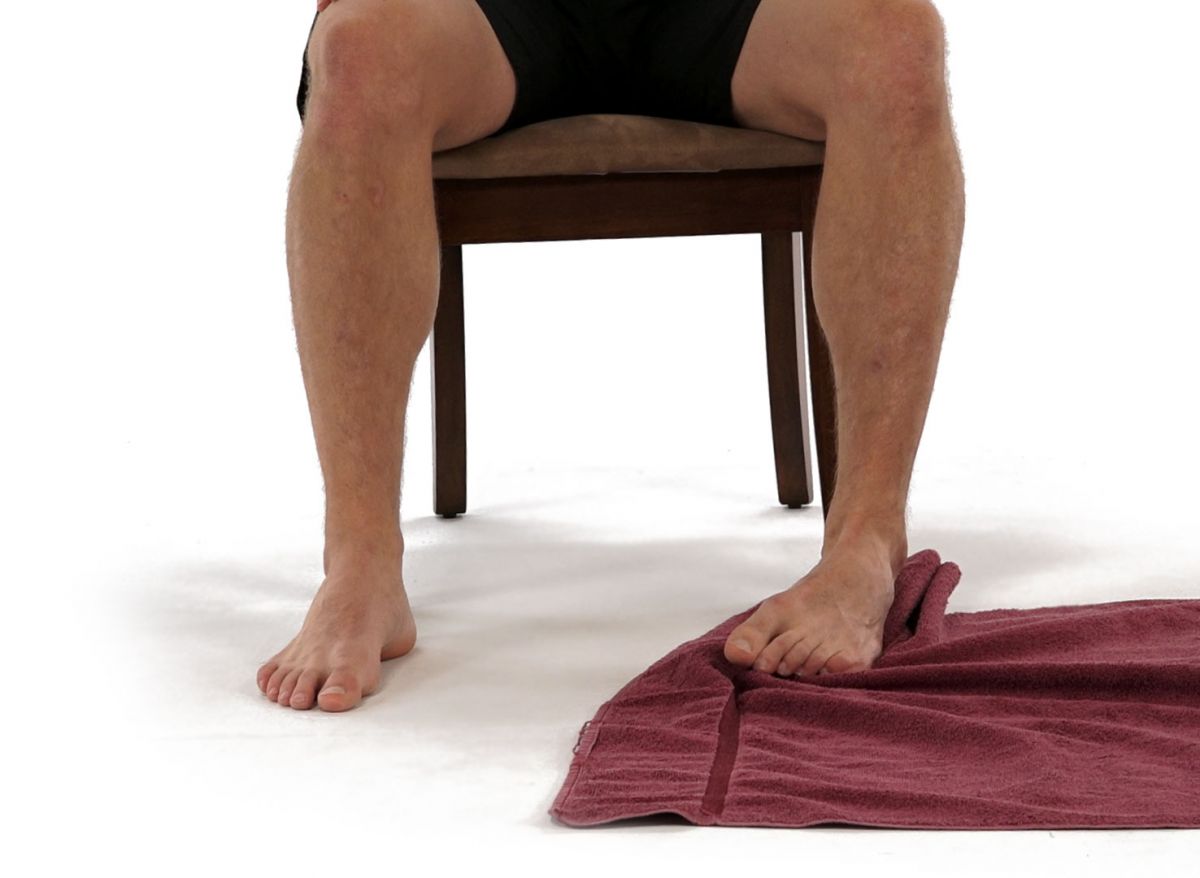
- Perform strengthening exercises for the hip girdle and the core muscles, like a clamshells or squats
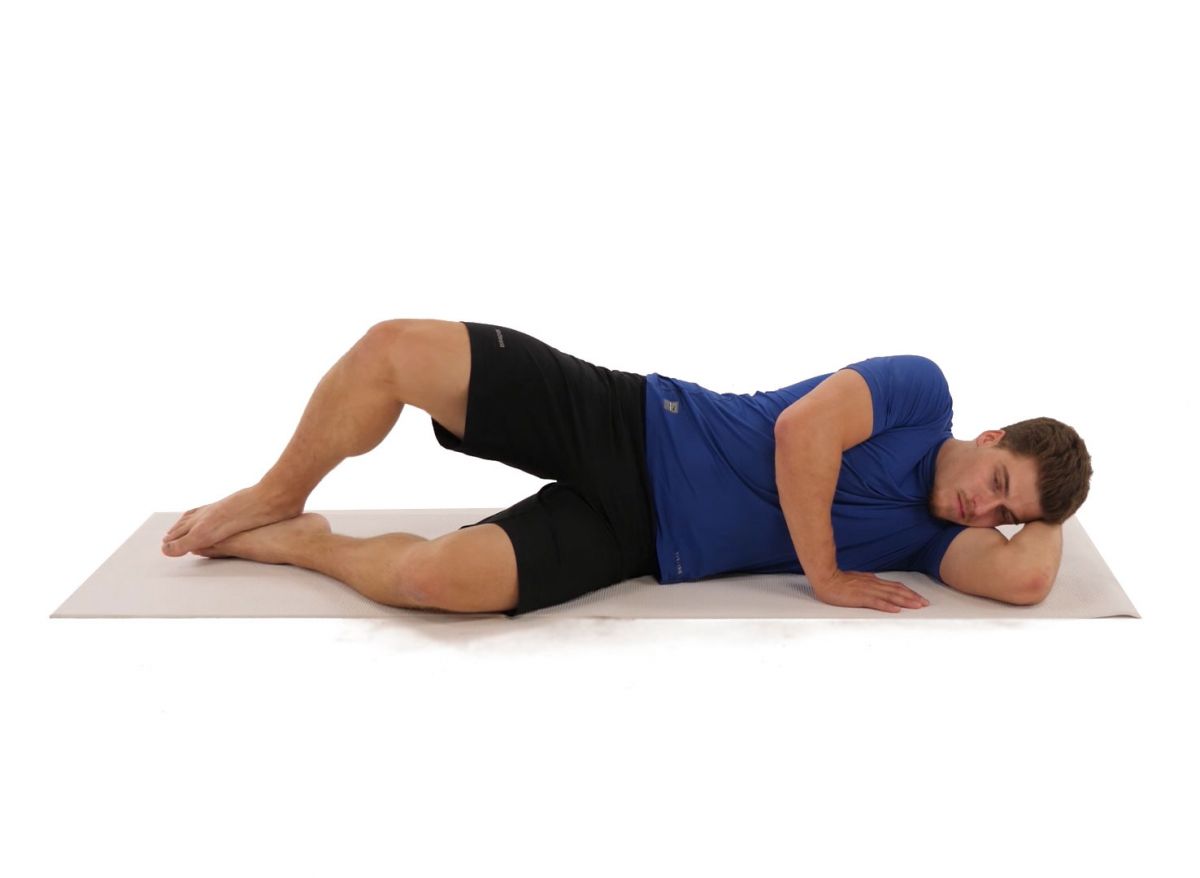 When in doubt, seek help from a professional
When in doubt, seek help from a professional
Most cases of shin splints can be treated with rest, ice and other self-care measures, but you can consult a healthcare professional such as a physiotherapist, chiropodist, or pedorthist to evaluate your condition, assess your gait, and develop a personalized treatment plan for further guidance and intervention as needed.
If you’d like to schedule an appointment through Virtual Care or in-person services, contact a Lifemark clinic near you or book an appointment online.
Author Details

Related Articles
Exercise strategies and activities to help you work out at home
Tips to stay safe and prepare for winter activities this year
Supporting our veterans with focused, holistic care
Treating an acute injury? Go for M.E.A.T. over R.I.C.E.
Adjusting to the new normal: the benefits of "hybrid care"
How to set up your work environment when working from home
Special Olympics athletes and the importance of support
Working with Special Olympics athletes as a physiotherapist
The forward fold stretch: the perfect exercise if you work at a desk all day
Getting active is just like brushing your teeth
How to use a tennis or lacrosse ball to relieve acute muscle pain
Have you heard of “prehab” for replacement surgeries and how it can help?
How swimmers can prevent and manage shoulder injuries
How underactive gluteal muscles can cause lower back pain
4 Summer Sports Injuries & How Physiotherapy Gets You Back in the Game
What is the rotator cuff, and why is it so easily hurt?
Paddling Basics: Stay Dry and Injury-Free on the Water
Keep yourself safe at work and out of physio
My New Year resolution: To prevent injuries
Keep your stick on the ice this hockey season
Can you get injured raking leaves?
Fore! Get on the green and keep your swing healthy
Injured on the field? Physio + sport medicine can help
3 things outdoor runners should remember at the beginning of the season
Stress urinary incontinence and the female athlete
Hand injury? You might be surprised to learn what physiotherapy can do
Know your Pilates - clinical Pilates versus traditional Pilates
3 things every amateur swimmer should start doing to prevent shoulder injury
Prevent low back injury when shovelling snow
When your toe won't bend
Let's keep in touch!
SIGN UP TO GET HEALTH AND WELLNESS INFO RIGHT TO YOUR INBOX
Subscribe to receive the latest health and wellness news and information in your inbox every month.
By subscribing you agree to our privacy policy. You can unsubscribe at any time.
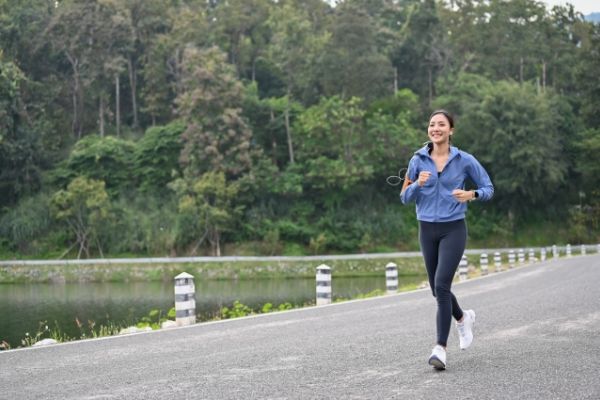




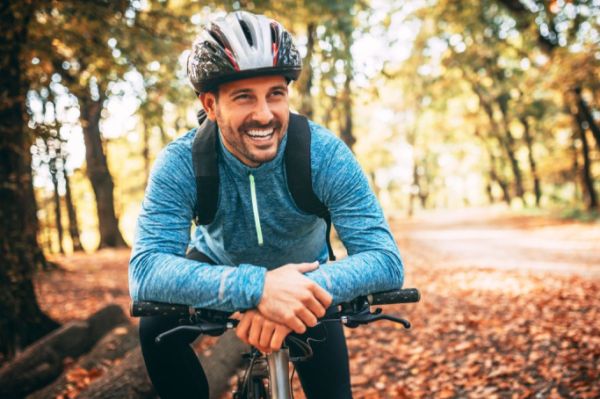

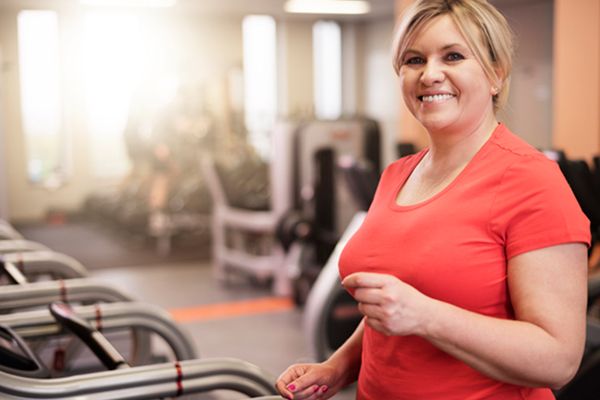




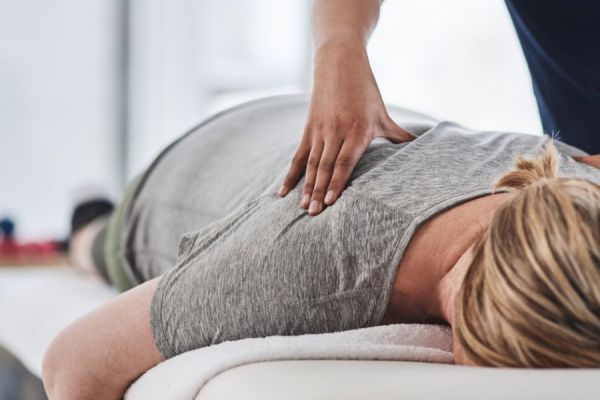
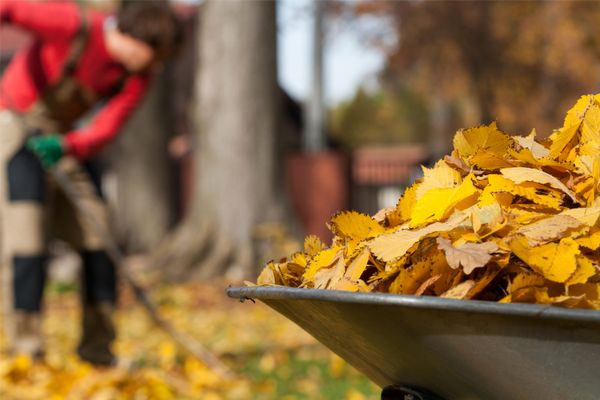


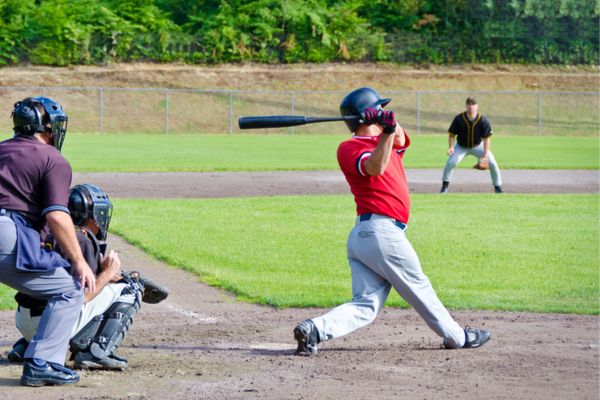

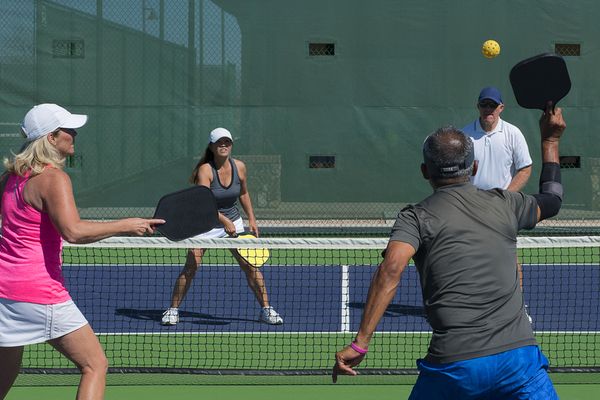



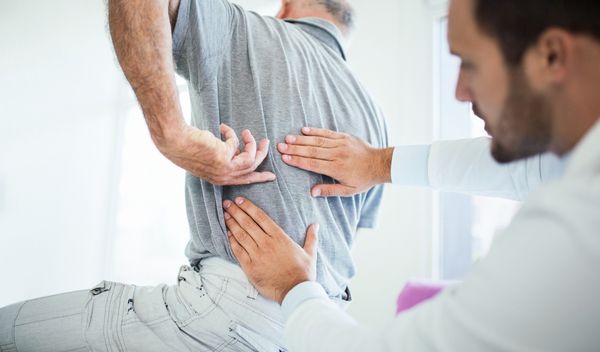


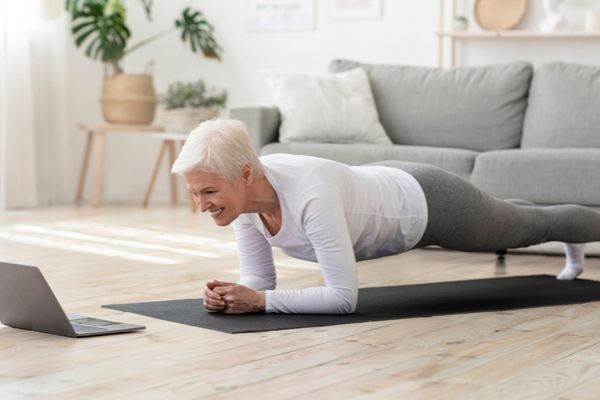
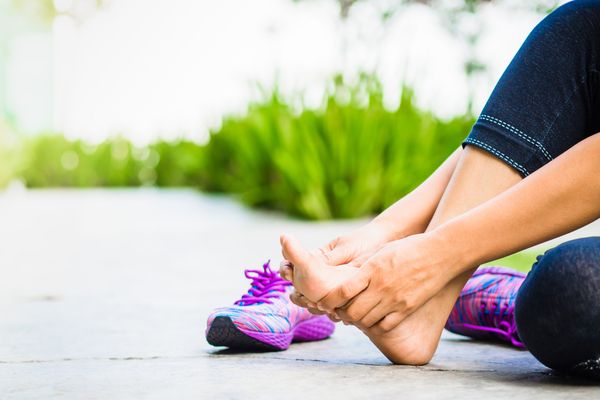



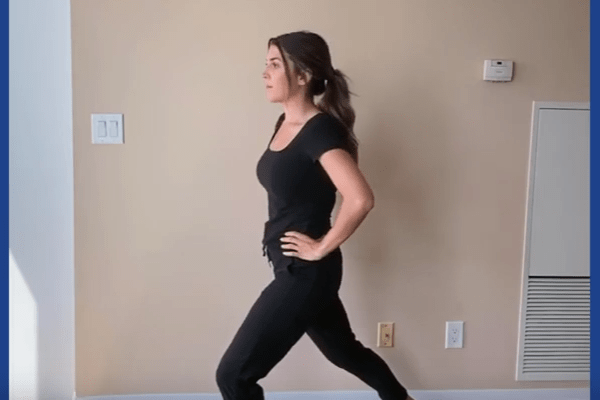


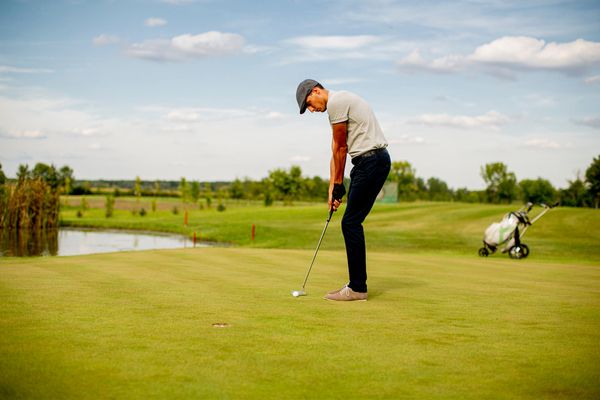

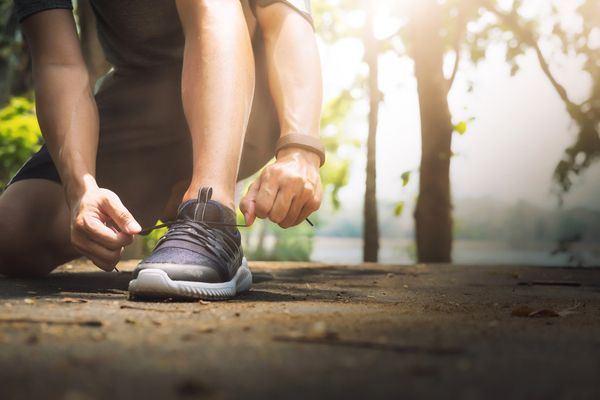
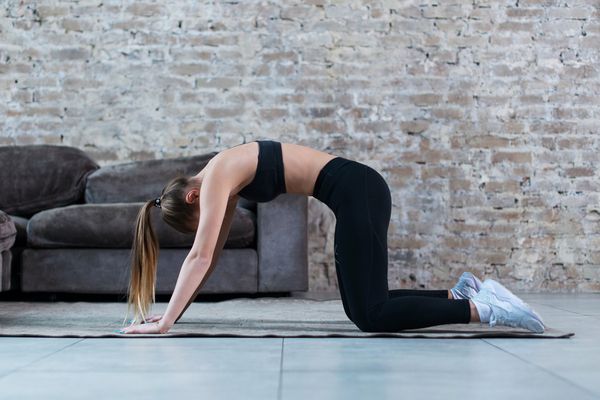





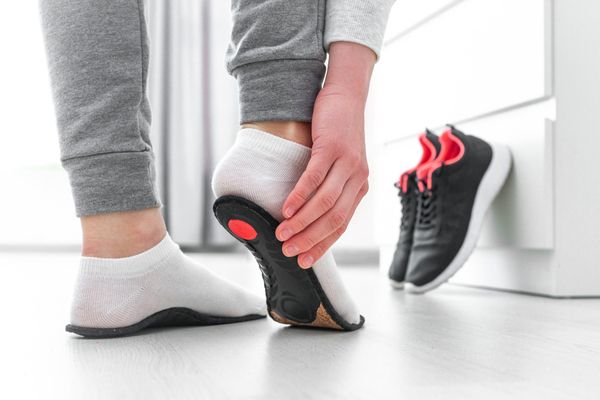
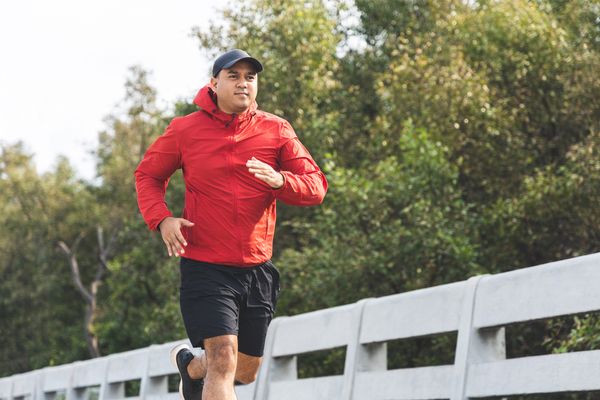

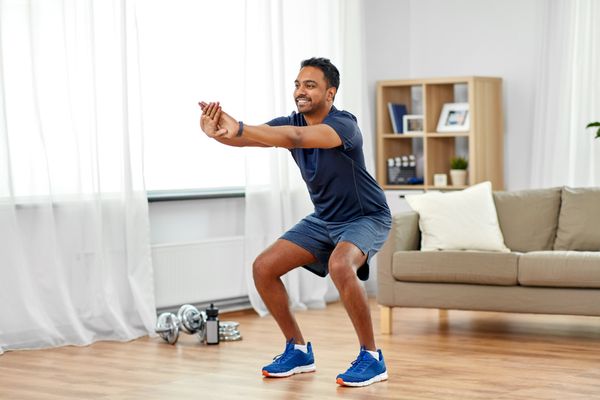
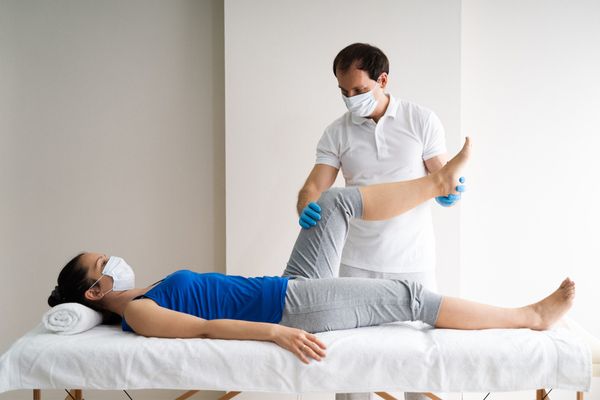
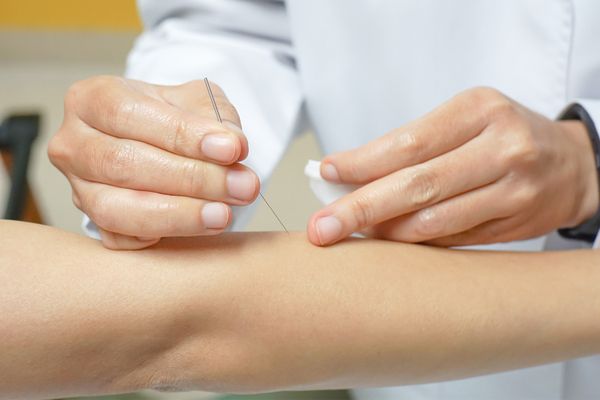


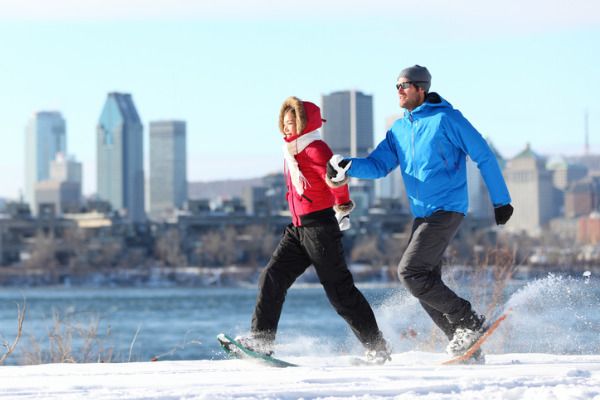





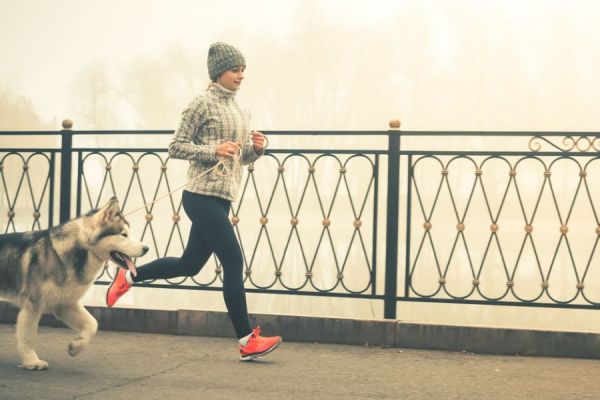
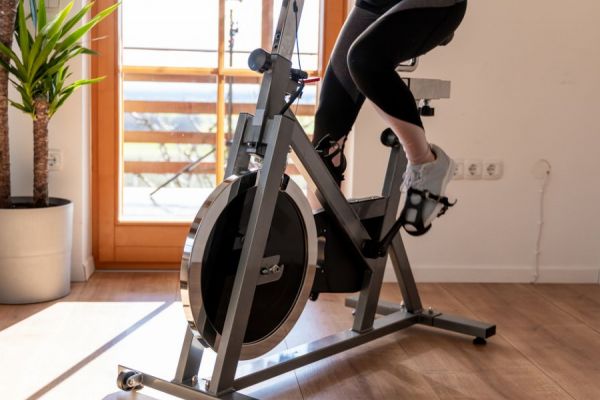

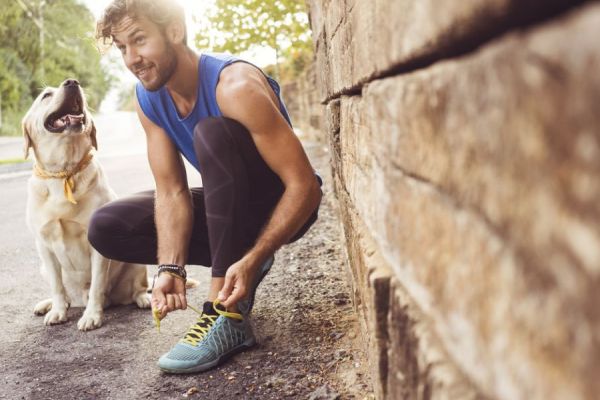
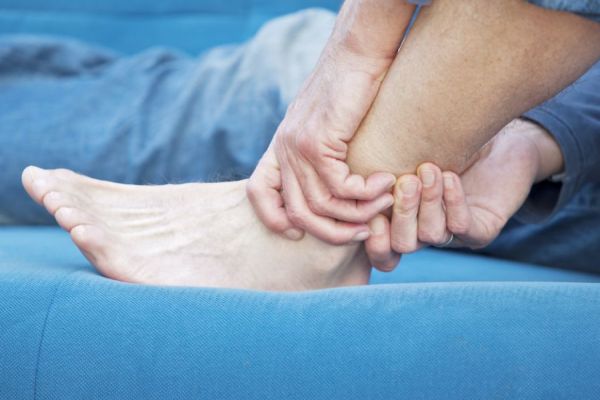

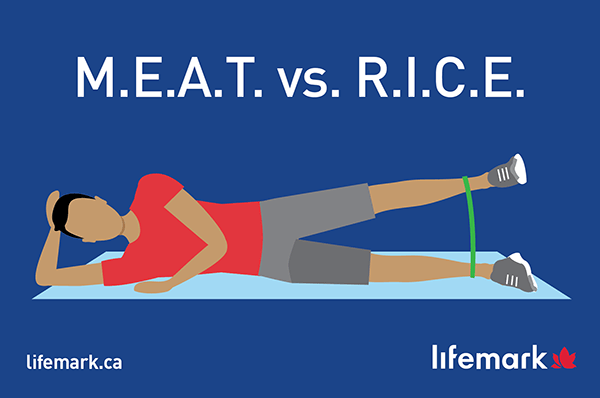


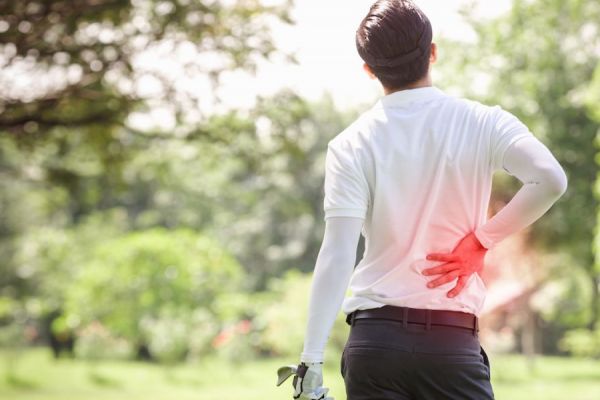
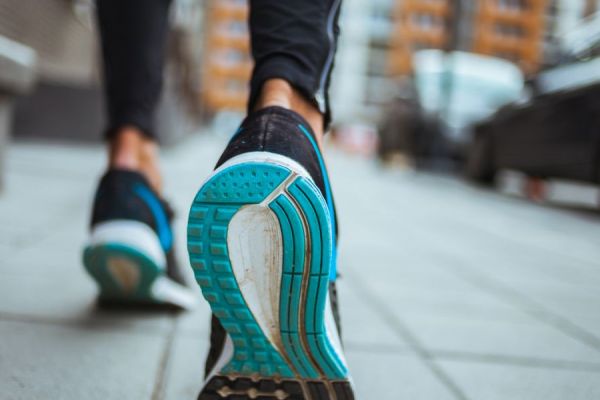



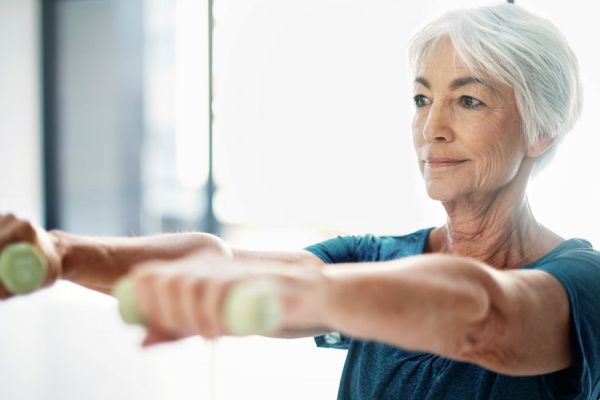

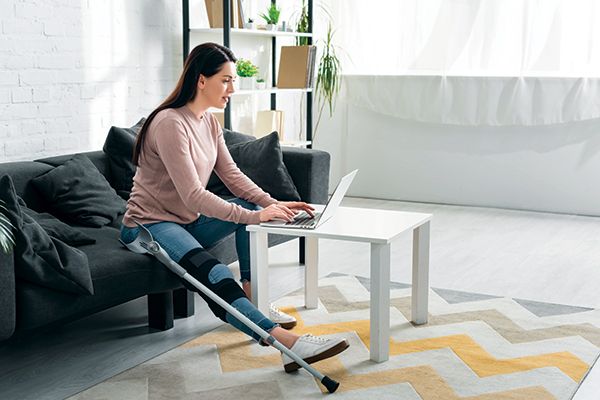


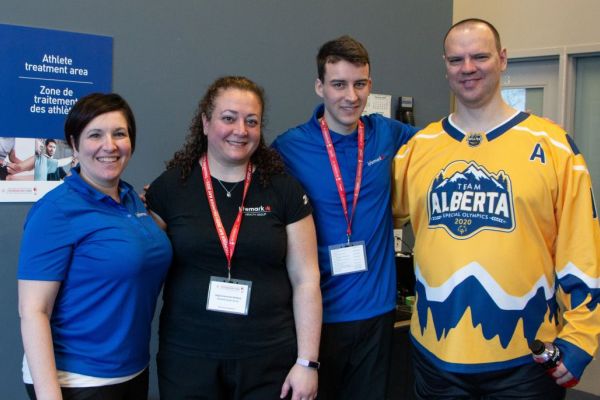

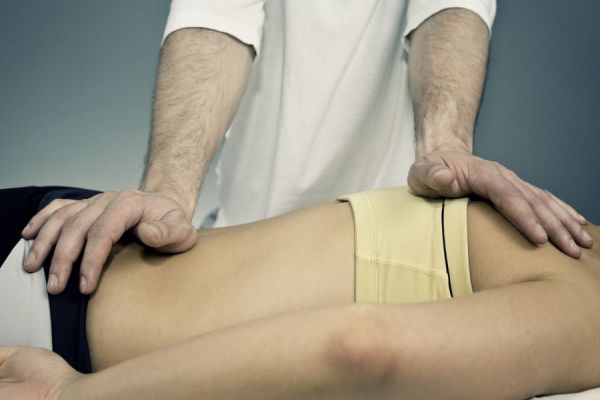



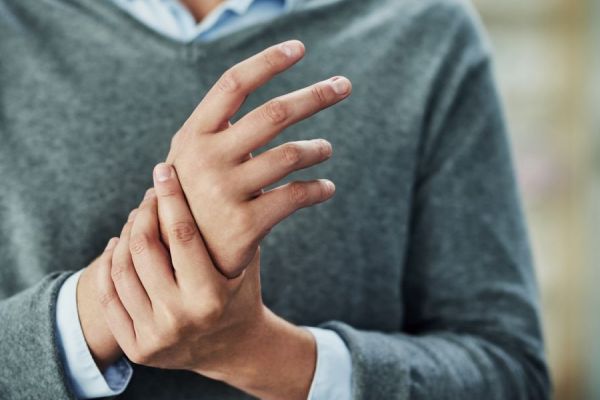





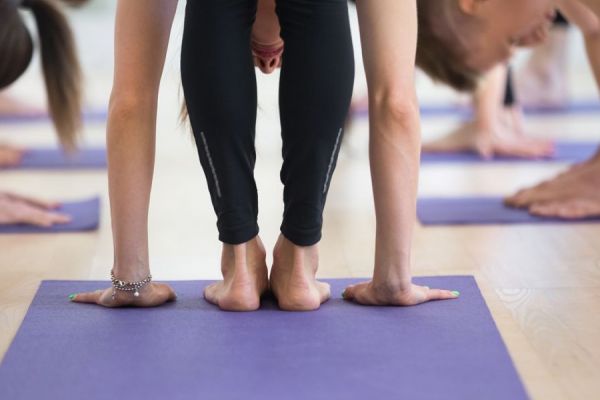



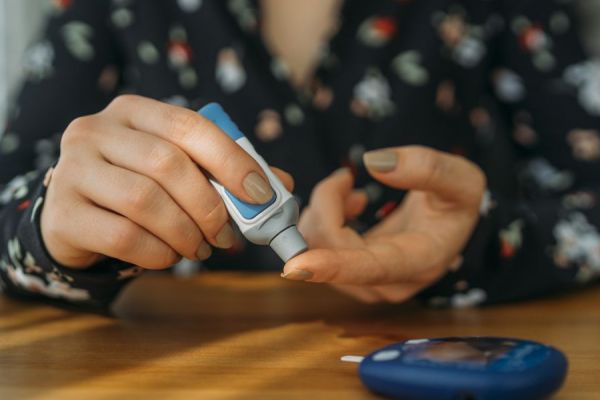
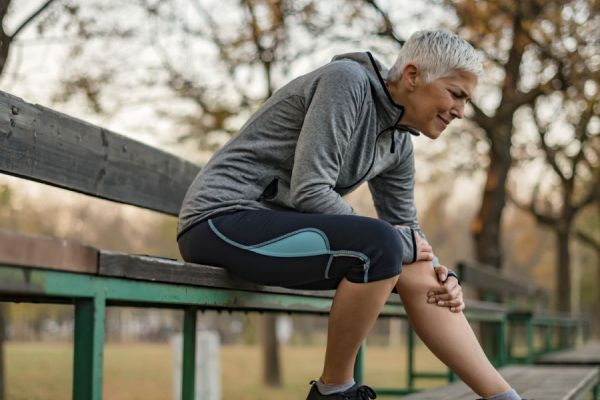
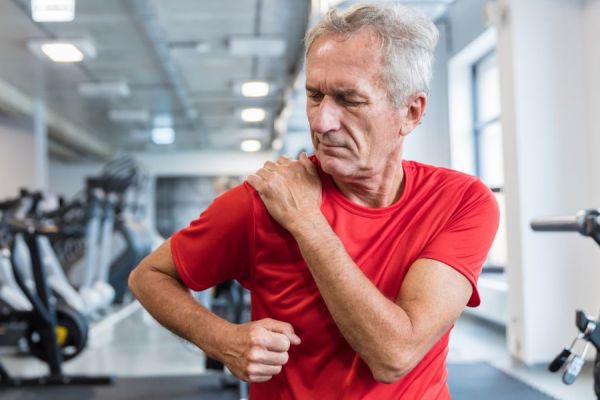

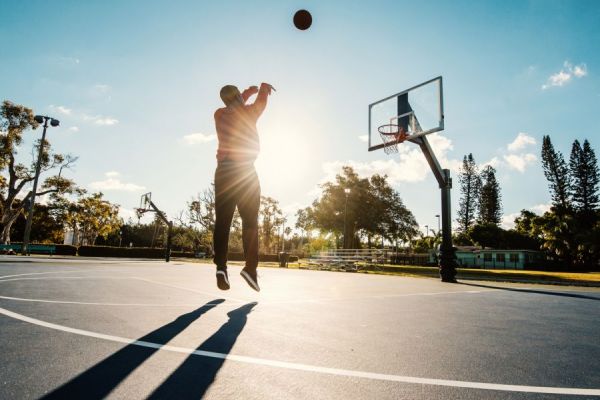
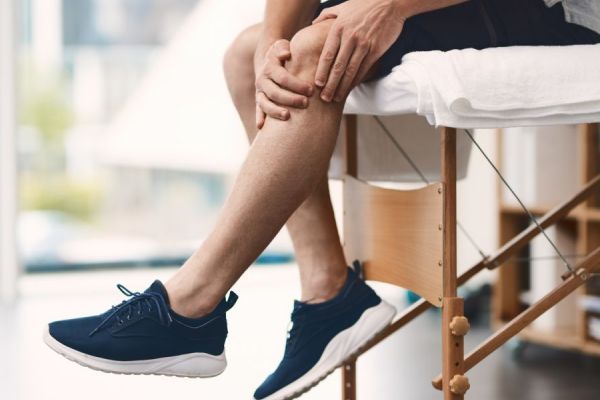
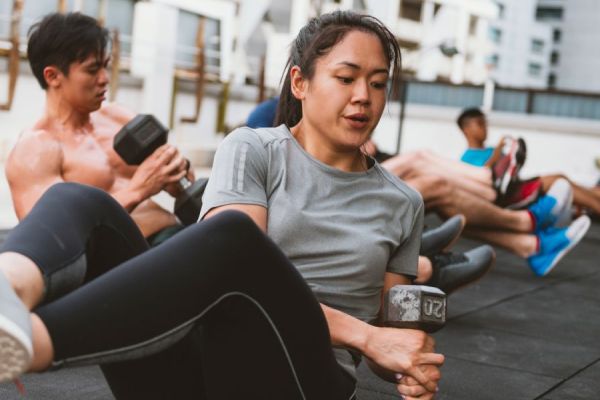

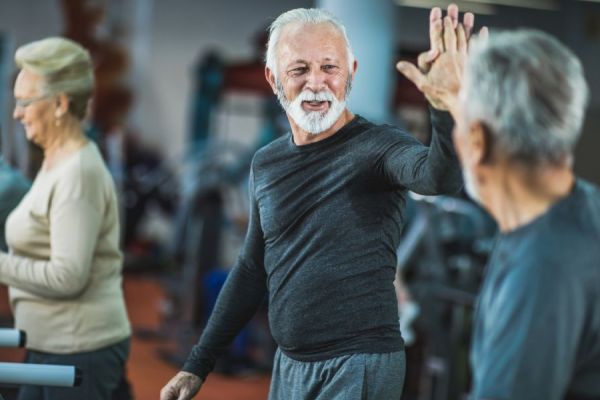
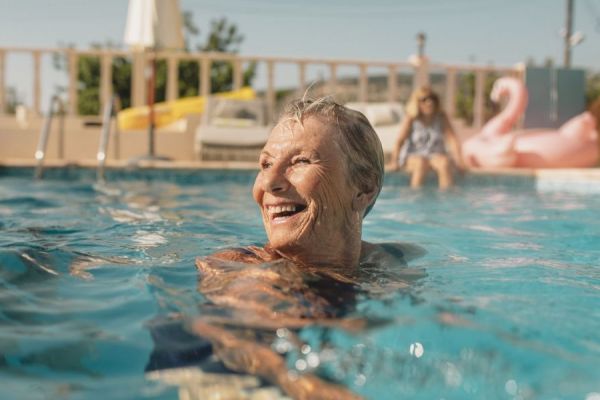
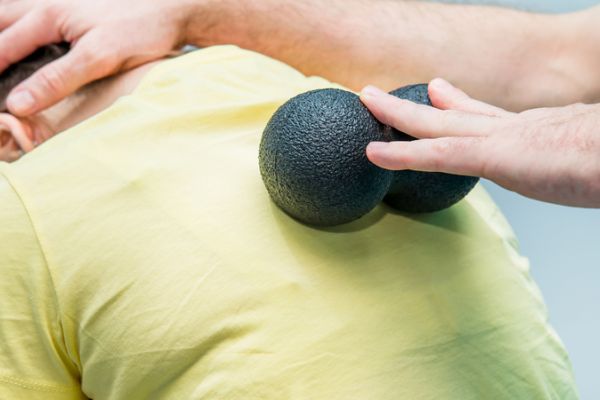
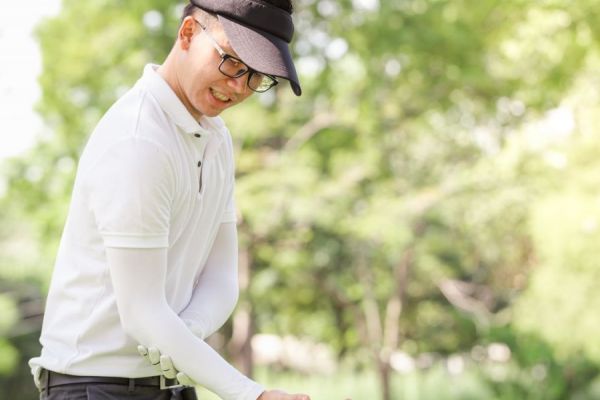






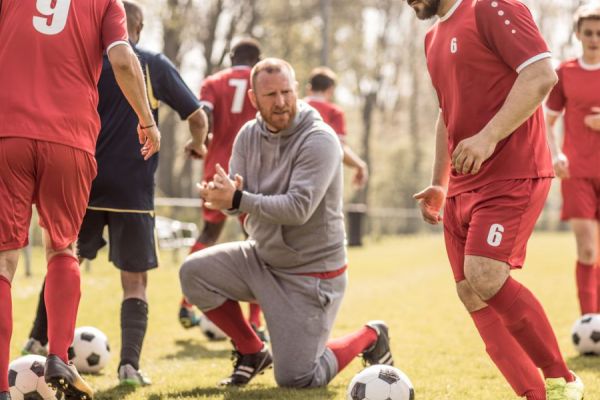
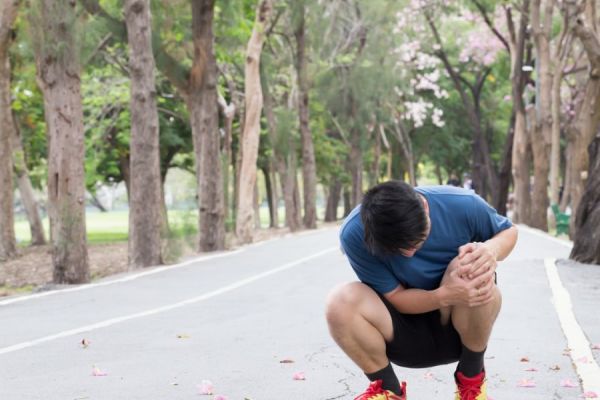







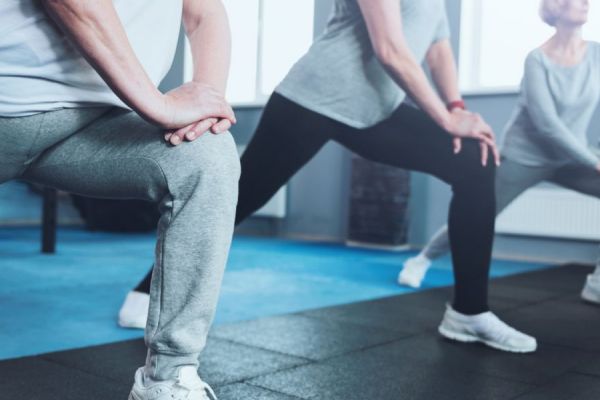

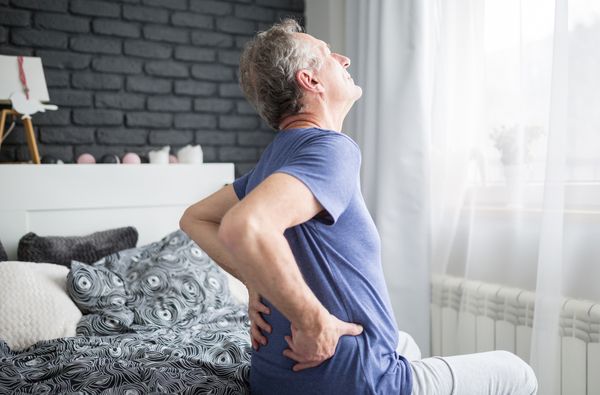

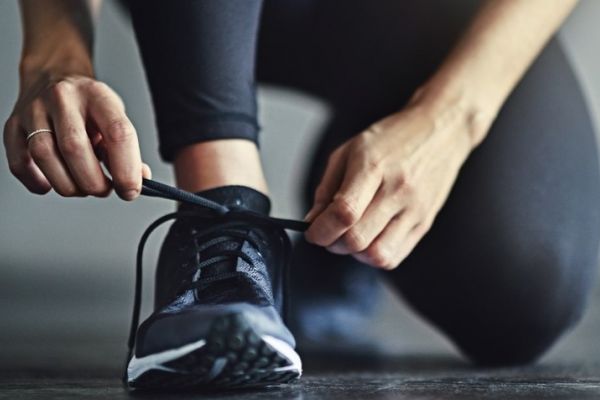

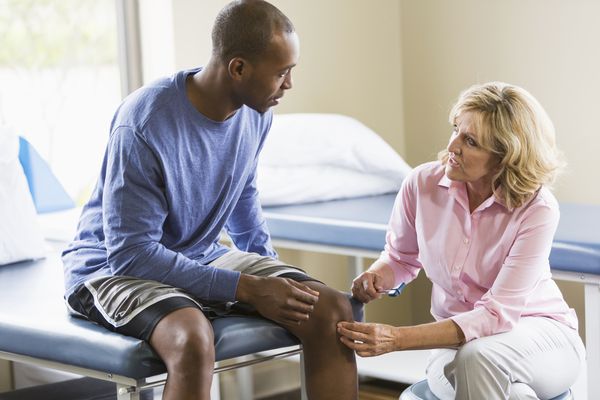

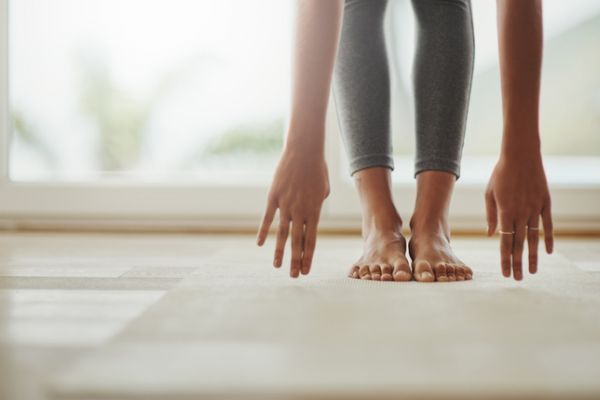

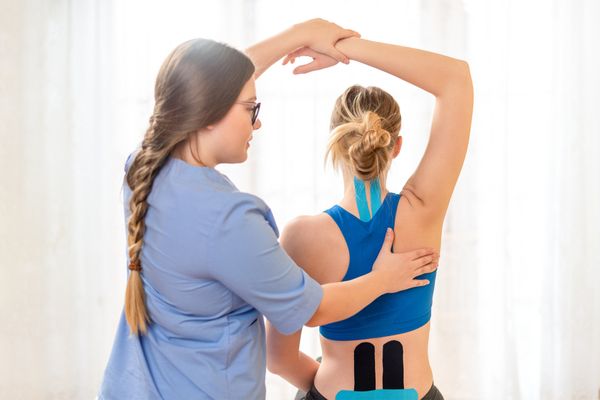
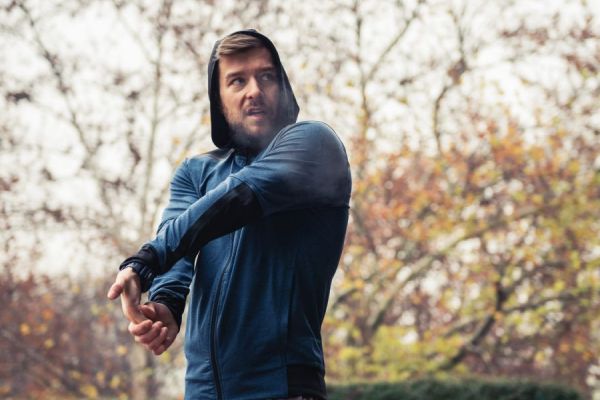
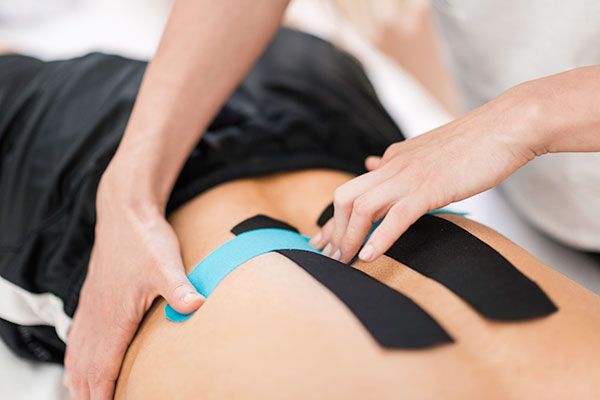




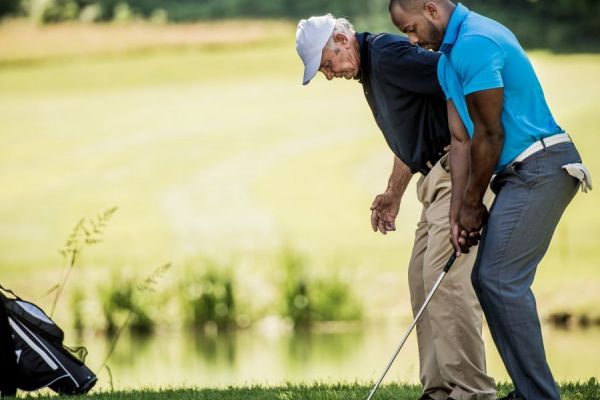

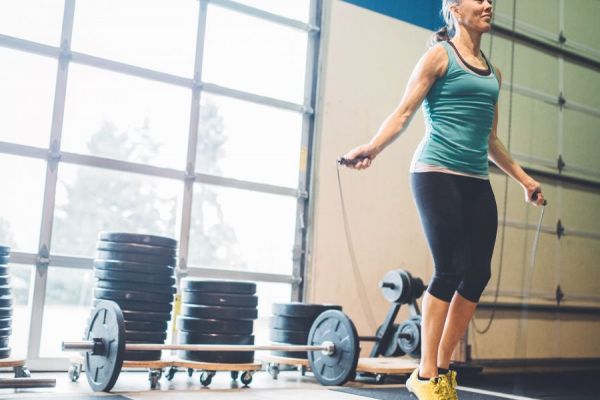
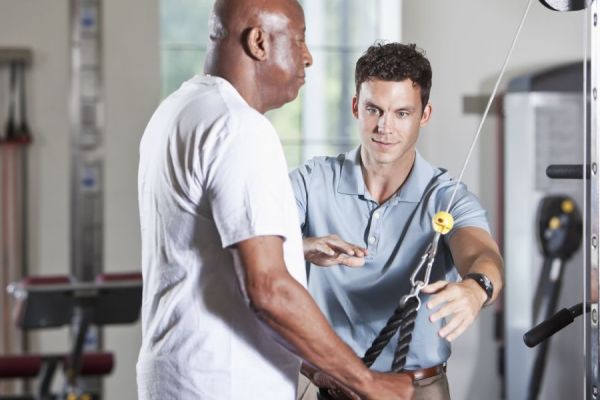



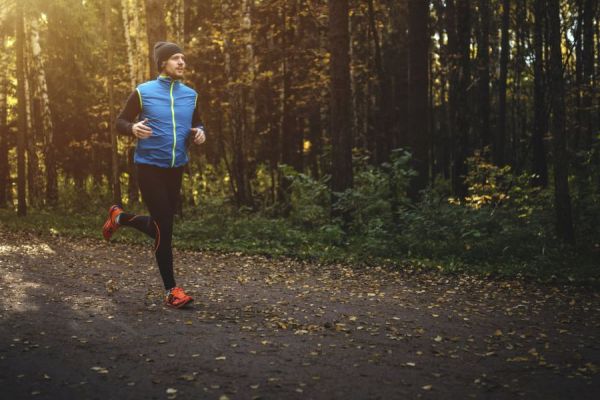


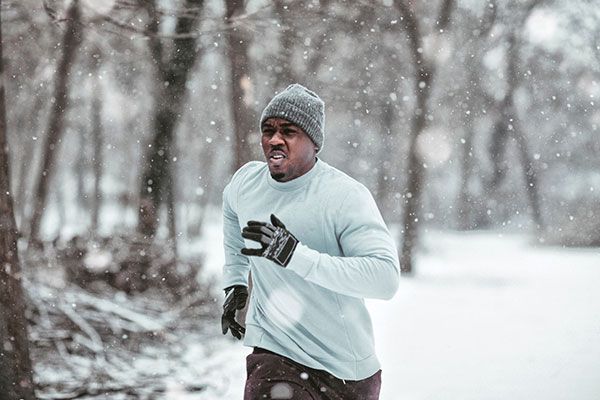

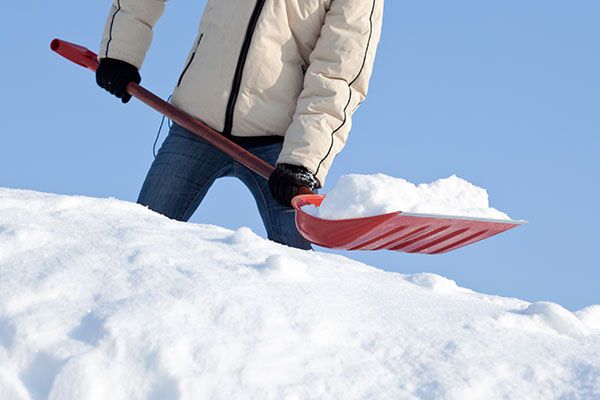

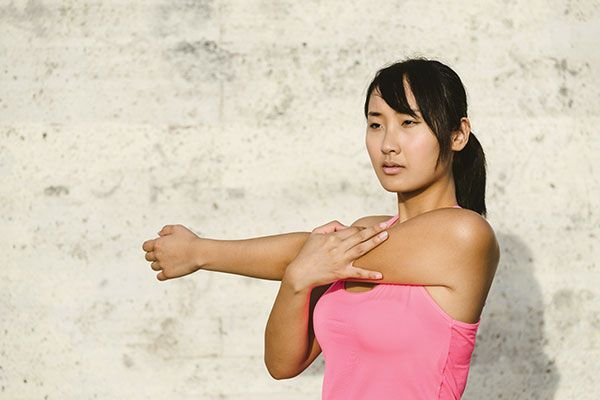
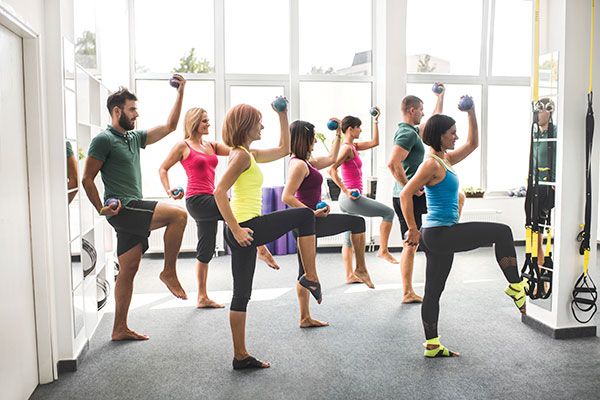

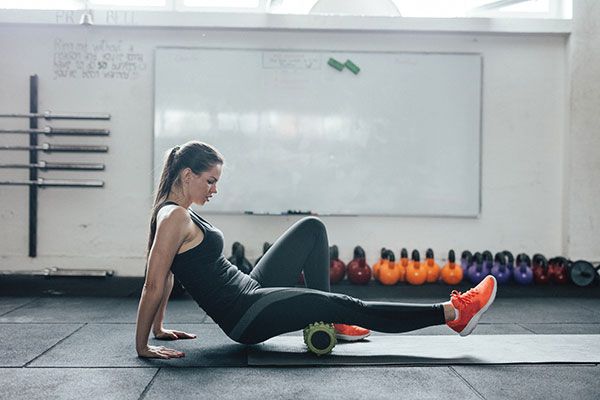
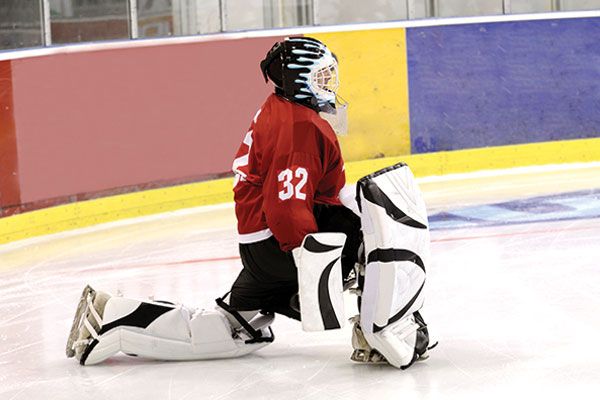

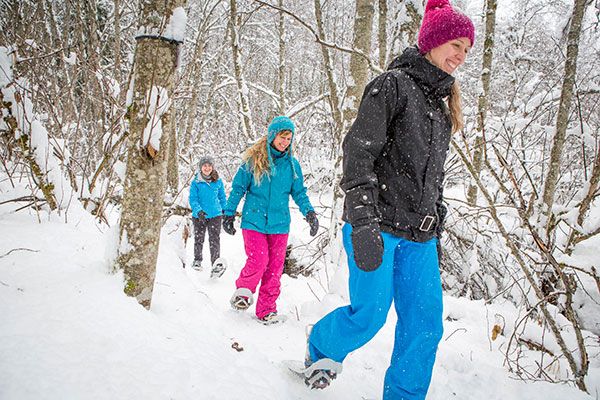





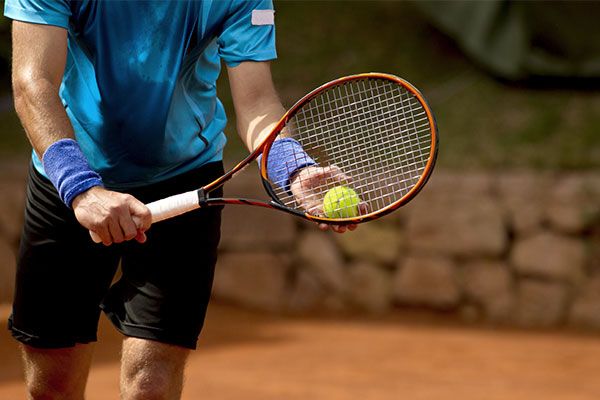
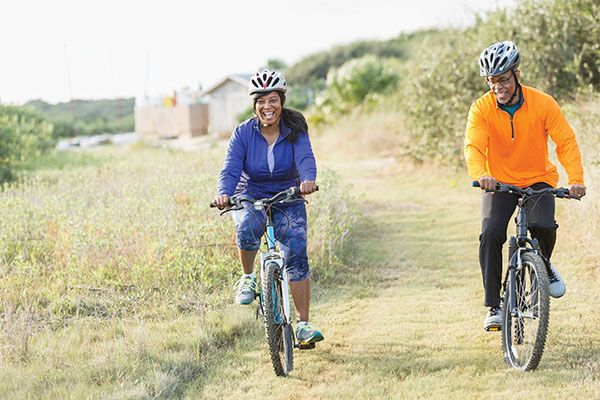
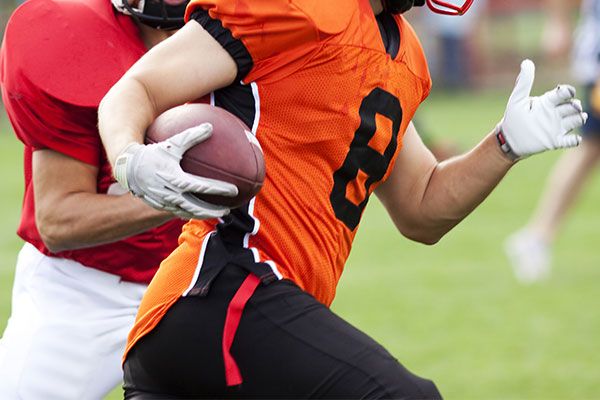
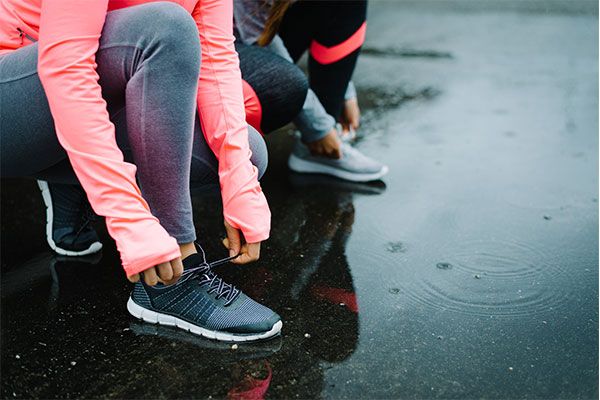

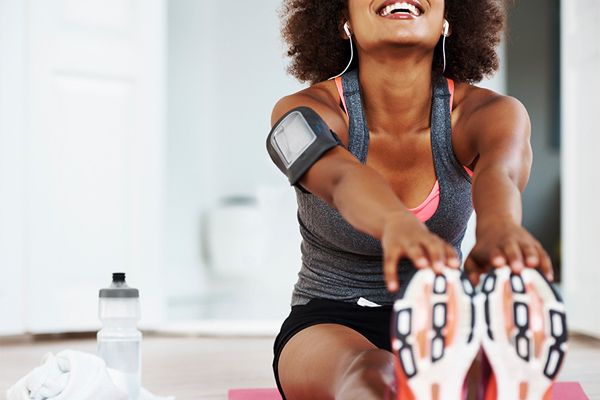

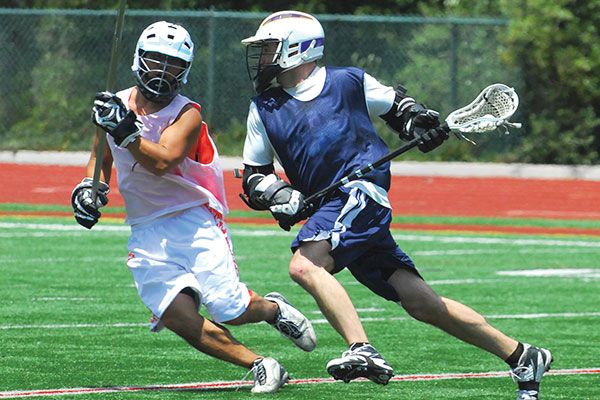
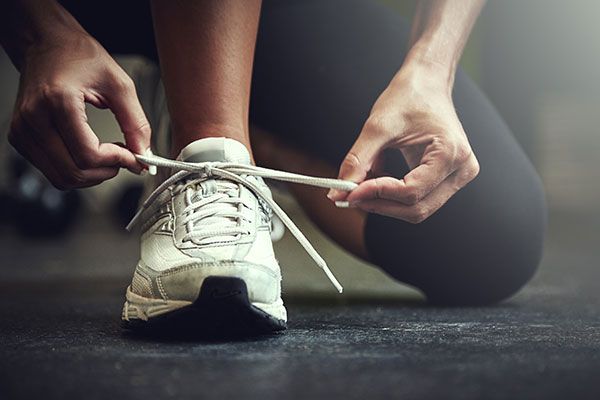


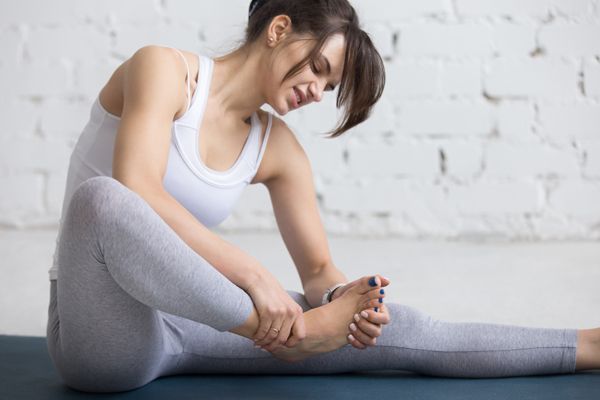
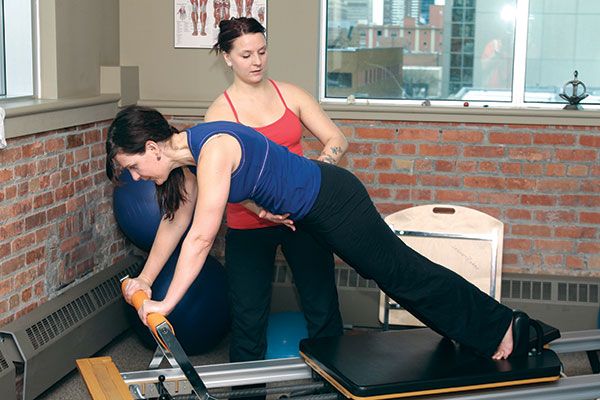
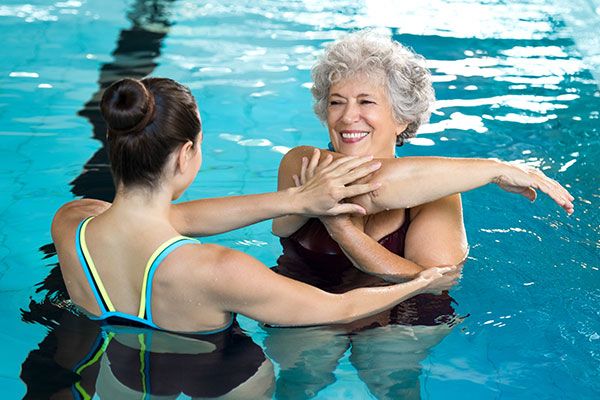
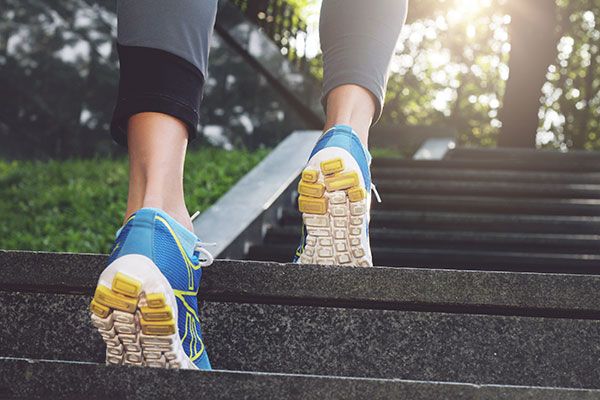
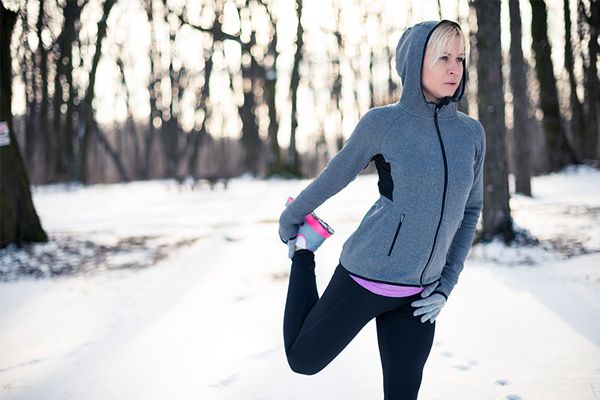
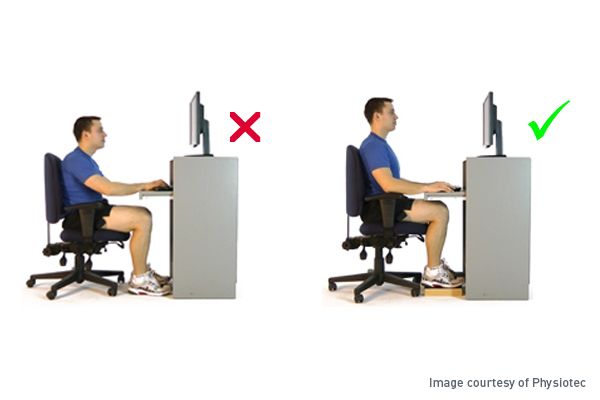
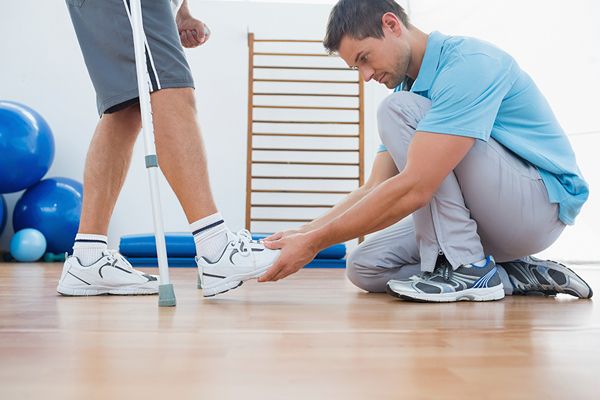
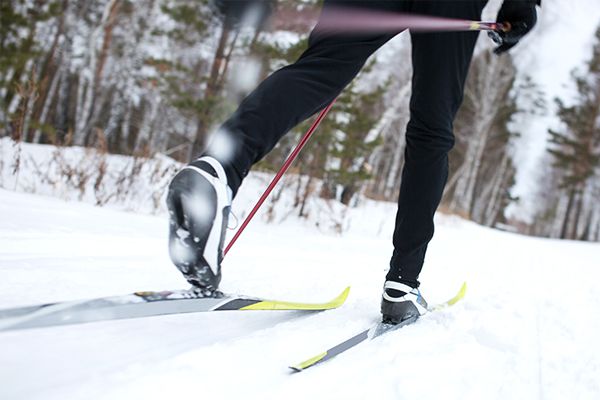
We can help you move and feel better.
Book an appointment today.